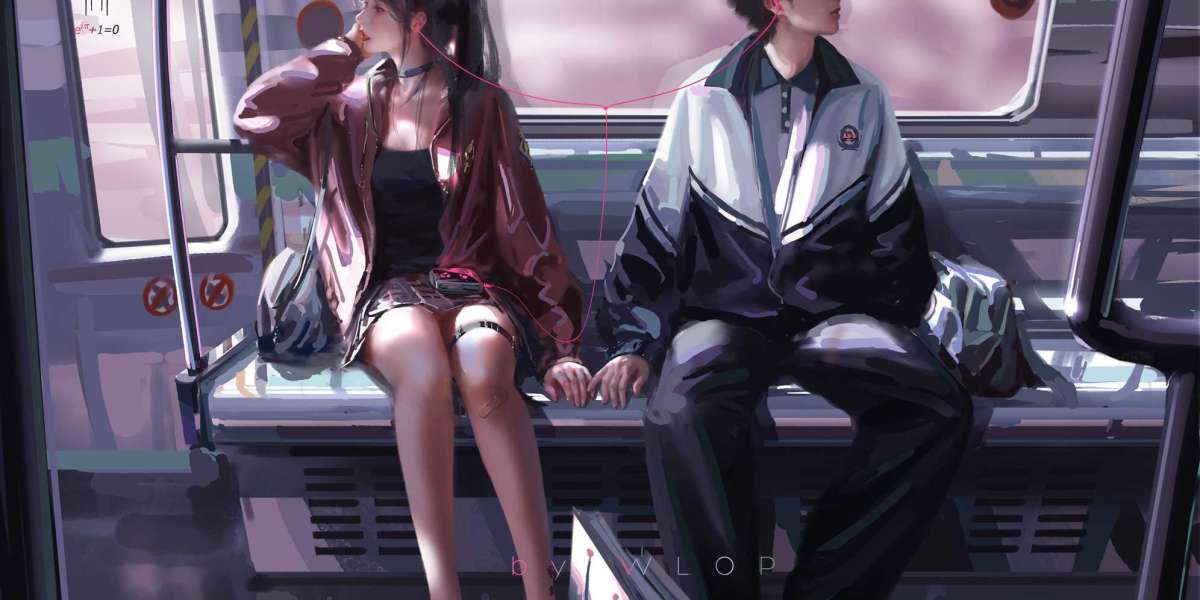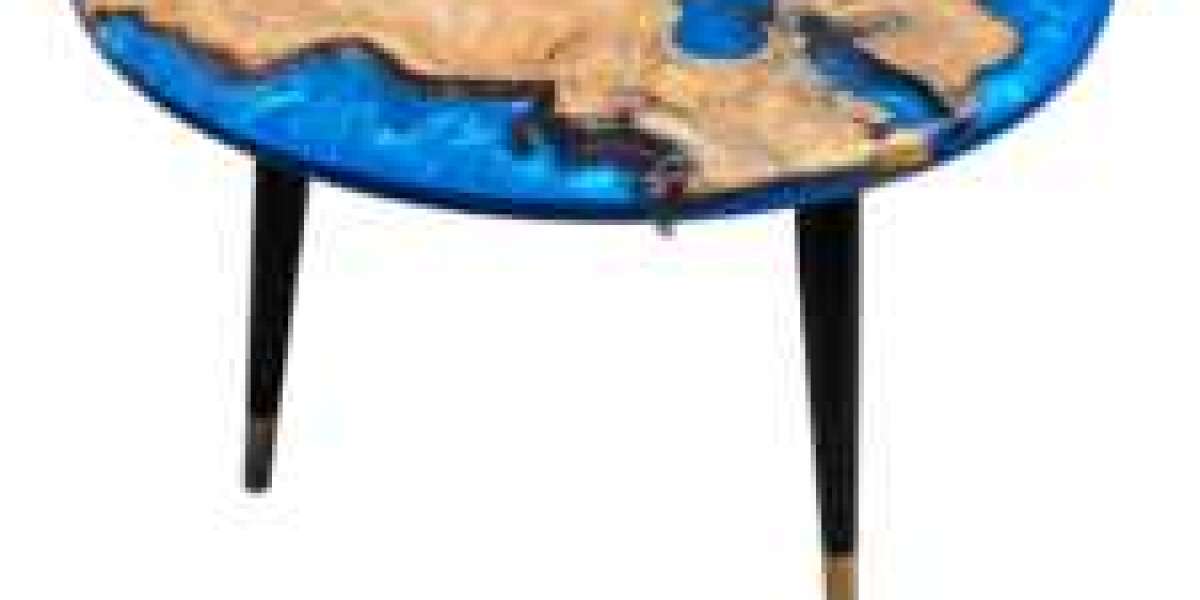Unveiling the Glow: Discover the Fascinating World of Neon Signs!
Neon signs have captivated hearts and ignited imaginations since their inception, serving as beacons of creativity and communication in our urban landscapes. These luminous artworks are not just mere advertisements; they have become iconic symbols of nightlife, culture, and artistic expression. From the bustling streets of Las Vegas to the quaint corners of local diners, neon signs illuminate our surroundings, weaving stories of nostalgia and modernity. This article aims to delve into the enchanting history of neon signs, explore the various types available today, and highlight their diverse applications that continue to shape our visual culture.

The History of Neon Signs
The journey of neon signs began in the early 20th century, with the invention of neon gas itself. Discovered by Sir William Ramsay and Morris Travers in 1898, neon gas remained largely unutilized until 1910, when French engineer Georges Claude developed the first neon sign. His innovation, showcased at the Paris Motor Show, illuminated the path for what would become a global phenomenon. The 1920s saw neon signs gaining popularity, particularly in the United States, where they transformed the advertising landscape. By the 1930s, cities were awash in the vibrant glow of neon, with signs for everything from theaters to restaurants lighting up the night sky. The rise of neon coincided with the Golden Age of Hollywood, further embedding these signs into the fabric of American culture. Anecdotes from friends who grew up in this era often evoke memories of road trips, where the sight of a neon sign would signal adventure and excitement, making them an enduring symbol of exploration and nightlife.
Types of Neon Signs
Neon signs come in various types, each with its distinct characteristics and appeal. Traditional neon signs, made from glass tubes filled with neon gas, create a signature glow that has become synonymous with retro aesthetic. They can be bent into various shapes and letters, allowing for creative expression in advertising and art. However, with advancements in technology, LED neon signs have emerged as a modern alternative. These signs mimic the appearance of traditional neon while being more energy-efficient and durable. Custom-designed neon signs have also gained popularity, allowing businesses and individuals to create unique pieces tailored to their vision. A friend recently shared their experience of commissioning a custom neon sign for their home bar, emphasizing how it not only added a personal touch but also became a vibrant centerpiece during gatherings. This versatility in design and function showcases the enduring allure of neon signs across different settings.
Applications of Neon Signs
The applications of neon signs extend far beyond mere advertising, permeating various fields such as art, interior design, and cultural expression. In advertising, neon signs remain a popular choice for businesses aiming to attract attention; their bright colors and dynamic designs create a memorable visual impact. In recent years, artists have embraced neon as a medium, producing stunning installations that challenge perceptions and evoke emotions. The cultural impact of neon signs can also be seen in the resurgence of vintage aesthetics, with many cafes and boutiques opting for retro neon signage to evoke a sense of nostalgia. Personal experiences shared by friends reveal how neon signs have become a beloved feature in homes, enhancing ambiance and creating inviting spaces. The fusion of art and functionality in neon signage continues to resonate with contemporary audiences, ensuring that these luminous creations remain relevant in modern society.
Celebrating the Cultural Impact of Neon Signs
In summary, neon signs are more than just eye-catching advertisements; they are a testament to creativity and cultural significance that have stood the test of time. From their intriguing history and evolution to the various types and applications that continue to emerge, neon signs hold a unique place in our visual landscape. Whether illuminating a bustling city street or adorning a cozy home, the charm of neon signs is undeniable. As we navigate through the complexities of modern life, the glow of neon serves as a reminder of the beauty in creativity, nostalgia, and connection, ensuring that these vibrant lights will continue to inspire future generations.


